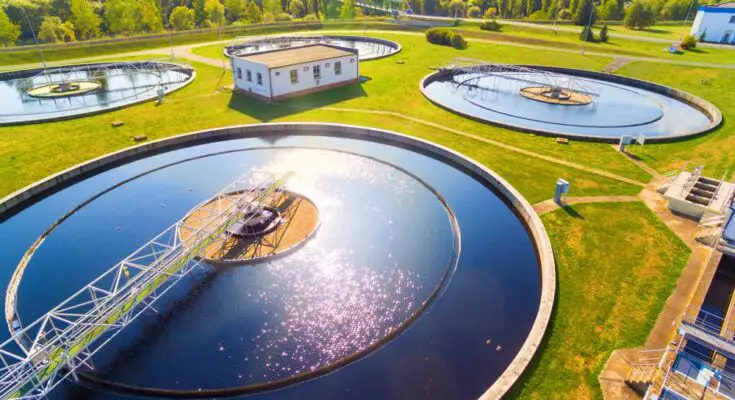Effective water management is essential across multiple sectors, such as agriculture, industry, and municipal water systems. The use of pressure transducers is a key advancement in this area. Let’s explore how pressure transducers improve water management with real-time data collection, system optimization, and leak detection.
The Science Behind Pressure Transducers
Pressure transducers convert pressure into an electrical signal that professionals can measure and process. This transformation provides accurate readings essential for monitoring and control. The technology uses a pressure-sensitive element connected to a transducer, often a strain gauge, to achieve this.
Why Precision Matters in Water Management
Precision in pressure measurement directly impacts system reliability and safety. Accurate pressure readings allow more informed decision-making regarding resource allocation and system maintenance. Enhancing accuracy also ensures compliance with regulatory standards, minimizing potential fines and penalties.
Different Types of Pressure Transducers
Pressure transducers are designed to meet different needs. Popular options include:
- Strain gauge transducers: Known for precision and reliability.
- Capacitive transducers: Ideal for measuring small pressure changes.
- Piezoelectric transducers: Suitable for dynamic pressure measurements.
- Resonant transducers: Offer high accuracy and stability.
Each type has distinct features and uses, making them valuable in numerous industries.
Selecting the Right Pressure Transducer
Choosing the appropriate pressure transducer involves considering factors such as pressure range, environmental conditions, and compatibility with existing infrastructure. Proper selection ensures optimal performance and longevity of the device.
Impact of Temperature on Pressure Transducers
Temperature fluctuations can influence the performance of pressure transducers. High temperatures may cause sensor drift and inaccuracies, while extreme cold can lead to mechanical stress and component failure. Selecting temperature-compensated transducers mitigates these risks.
Integrating Pressure Transducers Into Water Management Systems
Integrating pressure transducers into water management systems requires a thorough understanding of system architecture. Proper integration involves selecting suitable mounting locations, ensuring compatibility with data acquisition systems, and configuring software for real-time monitoring.
Benefits of Enhanced Water Management Systems
Improving water management systems with pressure transducers offers numerous benefits. These benefits include:
- reduced water waste
- optimized resource allocation
- enhanced system reliability
- increased energy efficiency
- better conservation of natural resources
Optimizing Resource Allocation With Pressure Transducers
Pressure transducers provide valuable data that informs resource allocation decisions. By monitoring pressure fluctuations and trends, operators can identify inefficiencies and adjust allocations. This proactive approach minimizes waste and maximizes system performance.
Enhancing System Reliability and Safety
Enhancing system reliability involves continuous monitoring and timely maintenance. Pressure transducers deliver real-time data that enables operators to detect and address potential issues before they escalate. This approach reduces downtime and improves safety.
Increasing Energy Efficiency in Water Management
Pressure transducers contribute to energy efficiency by providing accurate data for optimizing pump and valve operations. This optimization reduces energy consumption and minimizes operational costs, making water management systems more sustainable and cost-effective.
Pressure transducers offer significant advantages in water management systems. By enhancing precision, reliability, and efficiency, these devices contribute to more effective and sustainable operations. Adopting pressure transducers signifies a commitment to innovation and excellence in water management.



